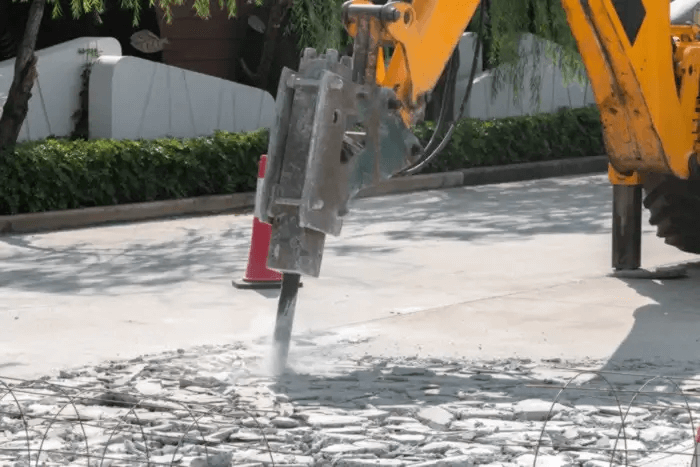Rock Hammering: A Comprehensive Guide to Understanding Its Importance
Rock hammering is a vital skill for anyone interested in geology, rockhounding, or construction. Whether you’re a seasoned collector of geological specimens or a curious beginner, mastering the art of using a rock hammer is essential. This guide will explore the different types of rock hammers, their uses, and the importance of rock hammering in various fields.
Types of Rock Hammers
1. Crack Hammers
Crack hammers are designed for heavy-duty work, making them ideal for breaking larger rocks or boulders. Their robust design allows for significant force to be applied, making them a preferred choice for excavation projects.
2. Pointed-tip Hammers
Pointed-tip hammers, often referred to as rock picks, are excellent for detailed work. They are typically used for chiseling and splitting rocks, providing precision for collectors and geologists who need to extract specific specimens without damaging them.
3. Chisels and Bush Hammers
Bush hammers are specialized tools used for texturing and finishing stone surfaces. These tools are often pneumatic and are used in construction and landscaping to create non-slip surfaces on stone.
How to Use a Rock Hammer Properly
Using a rock hammer might seem straightforward, but there are techniques to ensure safety and effectiveness. Here’s a simple guide for beginners:
- Safety First: Always wear safety goggles and gloves to protect yourself from flying debris.
- Choose the Right Hammer: Select a hammer based on the rock type you are working with. Use a pointed-tip hammer for softer rocks and a crack hammer for harder materials.
- Positioning: Hold the hammer comfortably and position your body to maintain balance. Stand with your feet shoulder-width apart.
- Striking Technique: Aim for the center of the rock to create a clean break. Use a firm grip and controlled strikes to avoid accidents.
The Importance of Rock Hammering
In Geology and Rockhounding
For geologists and rockhounds, rock hammering is not just a means to collect samples; it is an art form. Understanding how to properly use a rock hammer allows enthusiasts to explore the natural world effectively. It helps in identifying rock types and formations, which is crucial for educational and research purposes.
In Construction and Excavation
In the construction industry, rock hammering is a critical process for breaking through solid surfaces. It is often chosen as an alternative to blasting, which can be noisy and disruptive. Rock hammering allows for greater control and precision in excavation projects, ensuring that the surrounding environment remains undisturbed.
Environmental Considerations
While rock hammering is an effective method for excavation and collection, it also comes with environmental considerations. It is essential to practice responsible rock hammering to minimize impact on ecosystems and promote sustainable practices.
Conclusion
Whether you’re looking to enhance your collection or need a reliable method for excavation, understanding rock hammering is crucial. By familiarizing yourself with the different types of rock hammers, their uses, and proper techniques, you can unleash your inner rockstar and master this essential skill. Remember, safety should always be your top priority. Happy rock hammering!




































